Question About Bush Beans
susanlynne48 (OKC7a)
8 years ago
Featured Answer
Sort by:Oldest
Comments (17)
Macmex
8 years agoRelated Discussions
Tell me about transplating bush beans?
Comments (4)I started some in a 128 cell flat and I've started pole beans in flats too with very good success. Some say they don't see the advantage to it but there are some advantages for me. I get a quicker crop albeit smaller than when I am direct seeding like I did back in August for my fall crop. I do this with the first couple of weeks of my corn planting too. It just gets some of that stuff to the market quicker and it helps me get attention to my leafy greens, radishes, herbs and other things that come in earlier than corn and beans normally do. This year I started some lemon cucumbers and other cucurbits early indoors in cellflats. Had great luck with that too....See MoreSharing a tip about bush beans I learned long ago
Comments (47)"I am about to try this with some beans grown early in a greenhouse which have now stopped producing. I am doubtful it will work as unlike leafy plants which will respond to cutting by growing more, beans grow in order to produce seed to reproduce the plant. Having taken 6 kg of beans away (all quite young) I imagine the plants are fairly exhausted and may not have the resources to produce all the extra needed vegetative growth and then more pods (forming seed is a very energy demanding process)." Under those conditions, it might be helpful to lightly fertilize. Use a water-based fertilizer, once only. This goes against conventional wisdom, since this forum is full of "lots of leaves, but no beans" posts caused by excessive N...but this should shock the plants back to their vegetative growth cycle. The plants may not be as exhausted as you think, if you always harvested before they formed seed....See MoreBush bean spacing question
Comments (7)I've planted my bush beans six inches apart. Out of about 100 bean plants last year, we got over 50 pounds of green beans. Might not be a lot compared to some other folks on here, but I think that is pretty good. I use raised beds and don't exactly fill one square with the same thing - I usually plant green beans around the perimeters of the raised beds and then corn, peppers, or something else in the middle that doesn't require picking as often. Here is a link that might be useful: BsnTech Gardening Blog...See MoreBush green beans growth question
Comments (12)I am in Zone 6A as well and have been picking our green and purple beans for a couple weeks and are getting more than we can eat. We are eating them almost every day and tonight's project is to harvest as many as possible and get them in the freezer. I am wondering about planting some now for a fall harvest but would just want enough to eat fresh and not more to freeze. We have also been giving away as many as we can to family and friends!! They are so beautiful and tasty right now!...See Moresusanlynne48 (OKC7a)
8 years agoMacmex
8 years agoluvncannin
8 years agosusanlynne48 (OKC7a)
8 years agoOkiedawn OK Zone 7
8 years agosusanlynne48 (OKC7a)
8 years agoKate OK USA (7b)
8 years agoAmyinOwasso/zone 6b
8 years agoOkiedawn OK Zone 7
8 years agosusanlynne48 (OKC7a)
8 years agosusanlynne48 (OKC7a)
8 years agoOkiedawn OK Zone 7
8 years agoMacmex
8 years agolast modified: 8 years agoOkiedawn OK Zone 7
8 years agolast modified: 8 years agoKate OK USA (7b)
8 years ago
Related Stories
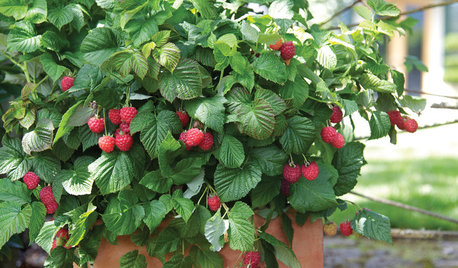
CONTAINER GARDENSPatio-Perfect Berry Bushes Like You’ve Never Seen
Small enough for pots but offering abundant fruit, these remarkable bred berries are a boon for gardeners short on space
Full Story
EXTERIORSCurb Appeal Feeling a Little Off? Some Questions to Consider
Color, scale, proportion, trim ... 14 things to think about if your exterior is bugging you
Full Story
Design Dilemmas: 5 Questions for Houzzers!
Post Ideas for Landscaping for a Modern Home, Updating a Rental and More
Full Story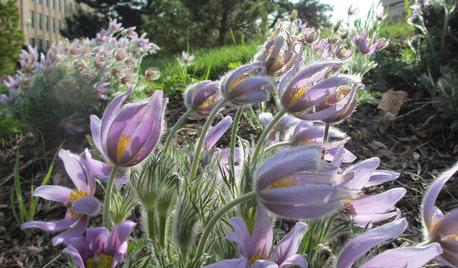
GARDENING GUIDES6 Plants That Beat Butterfly Bush for the Wildlife Draw
It's invasive, a nonnative and a poor insect magnet. Check out these better alternatives to butterfly bush in the garden
Full Story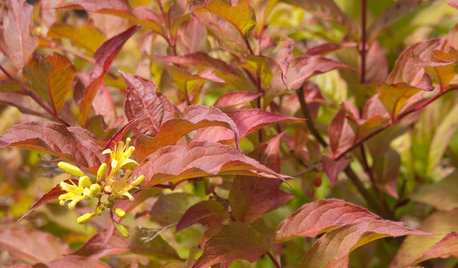
GARDENING GUIDESGreat Design Plant: Northern Bush Honeysuckle, a Bronze Beauty
It helps control erosion and takes sun or shade. The butterflies love it. But the best part of this shrub may be the vivid foliage
Full Story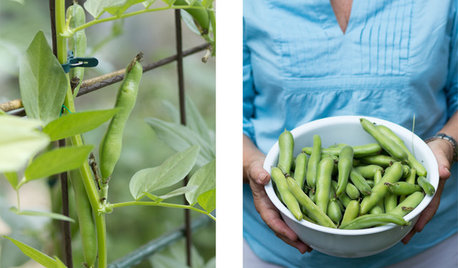
SUMMER FRUITS AND VEGETABLESSummer Crops: How to Grow Beans
Grow your own beans for amazing variety and healthy, convenient produce all summer
Full Story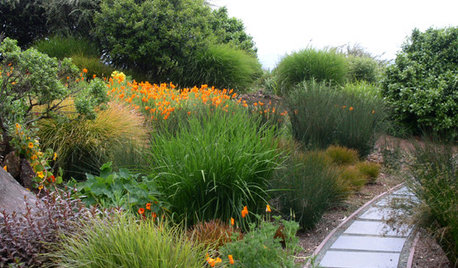
GARDENING GUIDESNew Ways to Think About All That Mulch in the Garden
Before you go making a mountain out of a mulch hill, learn the facts about what your plants and soil really want
Full Story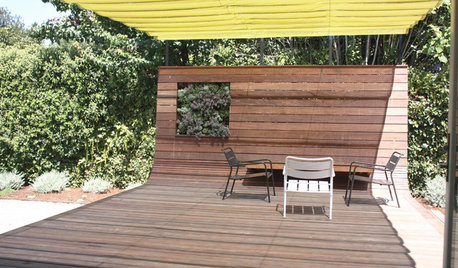
DECKSA Family-Friendly California Yard Wises Up About Water
Pavers and unthirsty plants replace Kentucky bluegrass in a Menlo Park landscape for a family of 4
Full Story
HEALTHY HOMEWhat You Need to Know About Dust and How to Fight It
Breathe easier with these 10 tips for busting mites, dander and other microscopic undesirables
Full Story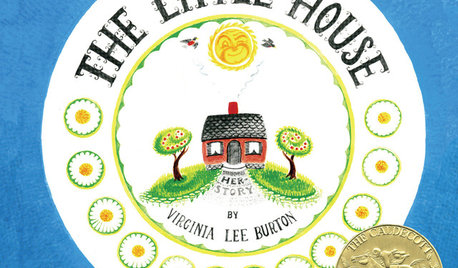
BOOKS11 Great Children’s Books About Home (and 2 Honorable Mentions)
Homes come in many different shapes and sizes, and these kids’ books highlight the tallest, the smallest, the oldest and the silliest
Full StorySponsored



Okiedawn OK Zone 7